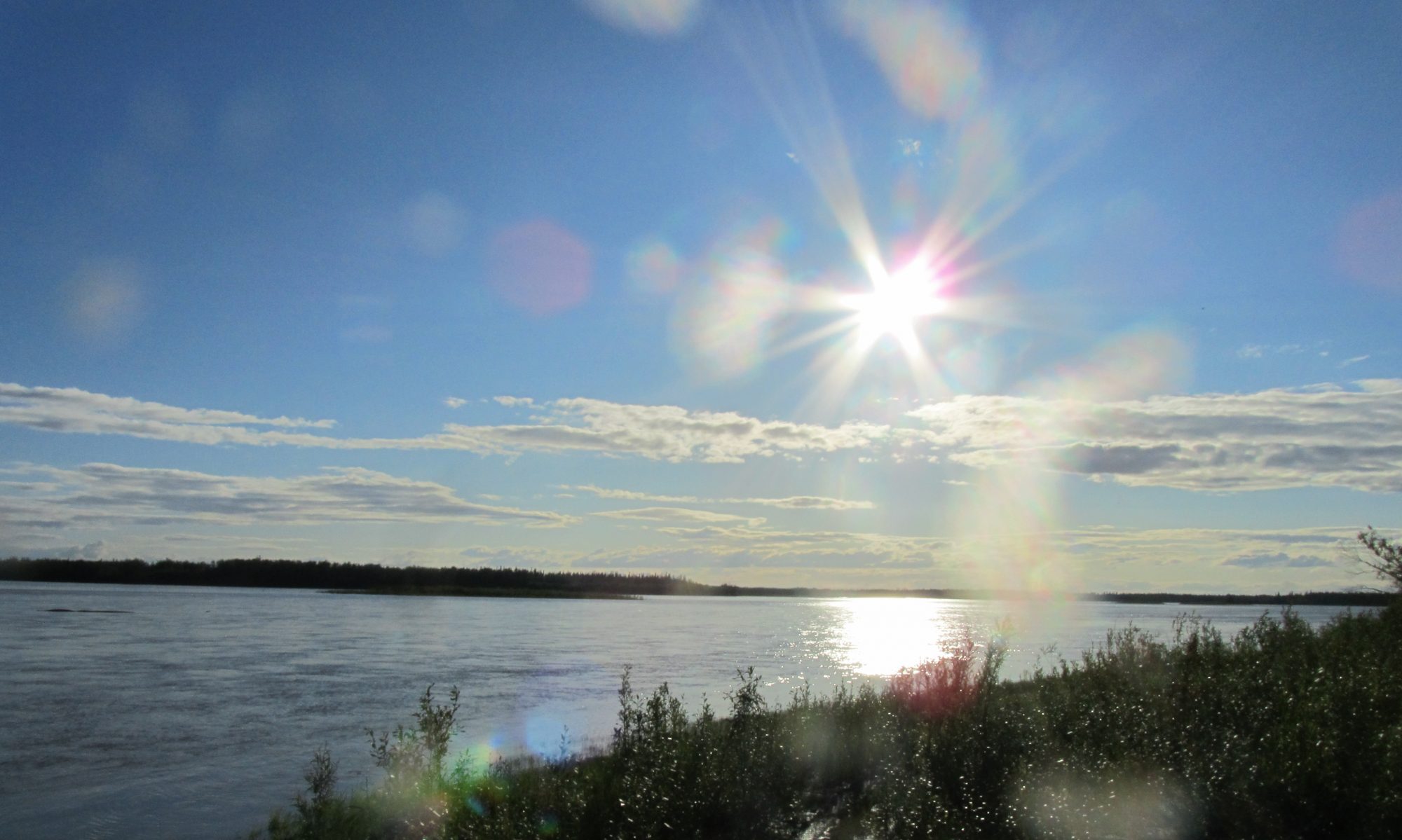In the following piece, Director Emeritus of the Department of Alaska Native Studies and Rural Development, reflects on the fight for land claims in the Interior and the impact of the Alaska Native Claims Settlement Act. Professor Wright joined the then Department of Alaska Native Rural Development in 2001 and was the director of the department from 2010 to 2014. Professor Wright brought tremendous knowledge, education, experience, and passion to the department and was the force behind the department’s “ANCSA Impact Series.” She has served on the Doyon, Limited Board of Directors since 1995 and is currently the treasurer. We are honored that Professor Wright took the time to share her reflections with us.
Reflections on the Impacts of ANCSA over the past 50 years
by Director Emeritus Miranda Wright
Fifty years since the historic passage of the Alaska Native Claims Settlement Act offers the opportunity to reflect on the past and to speculate on our path forward. Indigenous peoples have lived in Alaska for tens of thousands of years. Contact with Western cultures over the past century brought stress on natural, cultural and wildlife resources. This stress came to the forefront in Interior Alaska in 1915 when plans surfaced to build a railroad from a coastal port in southcentral Alaska to the northern terminus at Nenana in Interior Alaska. The Native village of Nenana witnessed their traditional cemetery excavated and moved by the federal government to accommodate the construction of a railroad and railroad bridge across the Tanana River.
This encroachment on traditional/cultural lands and land ownership claims caused enough concern among Athabascan tribes from the lower Tanana River that a meeting was called with federal officials. This first meeting of the Tanana Chiefs marked the beginning of tribal and government relationships for Interior Alaska. The meeting was held in Fairbanks with Judge James Wickersham, Alaska Territorial delegate to Congress, presiding. At this meeting, the Chiefs expressed the importance of sustaining our lifestyle through employment, education, health care, and land protection. Land protection was specifically discussed as managing access to lands and traditional subsistence hunting and fishing.
The Alaska Railroad and later the proposed Rampart Dam are two major government efforts that rocked the Athabascan communities. Then came statehood in 1959 and a massive land grab. The feeling of being transparent or downright invisible to the newly established State government, resulted in thirty-two interior tribal villages convening a meeting in 1962 to protect our lands. The meeting was held in Tanana and adopted the moniker Tanana Chiefs Conference (TCC). Twenty-Four of the represented villages signed a petition that was hand carried to Washington DC. This led to Secretary of the Interior, Stewart Udall to freeze further land selections by the State of Alaska.
Nearly every Indigenous region across Alaska were experiencing similar land selection pressures and folks began asking “Who owns Alaska?” These concerns resulted in a statewide meeting in 1966 of seventeen Native organizations and over 400 Alaska Natives to address aboriginal land rights. Labeled the Alaska Federation of Natives, this three-day conference became the unifying voice for all Alaska Natives in the fight for land claims. After years of debate, compromise, and frequent travels to and from Washington DC by Alaska Native leaders, the Alaska Native Claims Settlement Act (ANCSA) was signed into law by President Richard Nixon on December 18, 1971.
ANCSA redefined federal Indian policy in Alaska and mandated that both regional and village corporations be owned by Alaska Native shareholders. This governing structure placed corporate ownership into the hands of Alaska Natives.
Here in the interior, Doyon, Limited took on the monumental task of land selection and analysis of areas designated for future resource development, which would be protected as sacred and historic sites, and mapping out subsistence areas. Much have changed with ANCSA over the past fifty years. Corporate stock can no longer be sold, several corporations, including Doyon, have opened enrollment to Alaska Natives born after 1971. Alaska Native Corporations are major economic drivers in Alaska and continue to make strides in becoming visible in the decision-making process that impacts all Alaskans.
